All You Need to Know About Extra Load Tires - XL Tyre Guide
The car owners use tyres so that the vehicle would have a softer connection with the road. Most of you have noticed that the tyres for small cars and larger vehicles are distinct from one another since they are manufactured according to the demand of the particular vehicles. As a responsible car driver in UAE, it is essential to know about a lot of things related to your vehicle, like:
- How to change your car tyre?
- How to check oil and liquid levels in your car?
- How to inspect your car tire condition and pressure?
Whether you know how to do these things and whether you do them or not, it’s a different matter. The other thing to know is that car tyres need to be strong enough to support loads of various sizes.
This requires the use of different types of tyres, as the tyres used on a large vehicle, such as an SUV or a fully loaded carrier, must be able to withstand more weight than those used on a standard automobile. Further, you might hear about XL tyres. So, what exactly are the XL tires?
What Does XL Tyre Mean?
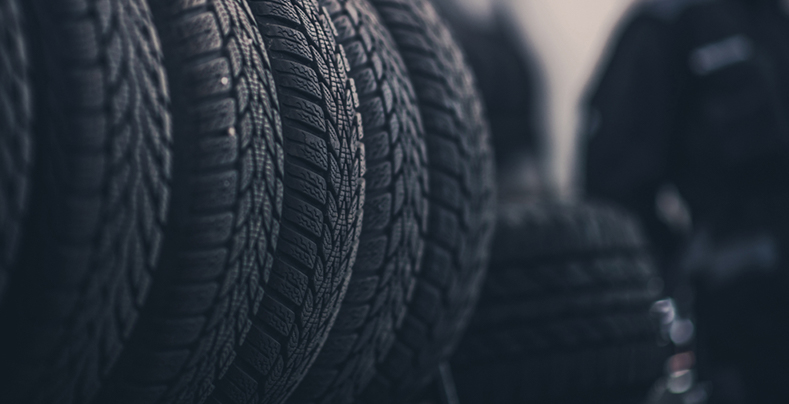
XL is short-term for ‘Extra Load’ tires. Most drivers are fooled by the name that this refers to carrying a heavy load. Instead, it’s actually about the car’s weight.
Standard tyres marked as ‘SL,’ of various tyre sizes have a specific vehicle weight that they can carry. On the other end, XL tires tend to be heavier and are developed to be fitted to high-end family saloons, performance cars, 4X4s, SUVs, etc.
Generally, they are large and designed to carry more passengers. Plus, the extra load tyres have a strong robust build. All of these factors increase the weight that the tyres must be able to support.
The amount of load a tire can bear is directly related to the pressure it runs at. Normally, the extra load tires look the same as standard tires. The only difference is inside the tire construction that allows high tire pressure to be maintained and high speed to be achieved for a recommended weight ratio.
Points to Check To Buy XL Tyres
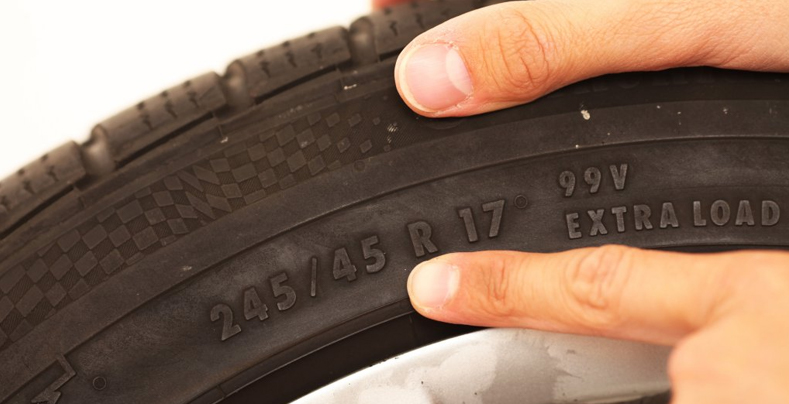
Three points to remember when choosing tires:
- Tyre dimensions
- Speed rating
- Load Index
The tire size that fits your vehicle is easy to find out. Like all other important information about your car, these details are included in your car registration documents.
What Is the Load Index?
When buying car tires, there are a few factors that you need to consider, such as tire dimensions, speed rating, and tire load index. Each tire has a specified load index that shows the load-carrying capacity which tyre can support (in pounds or kilograms). Each tyre must be able to carry a load that is equal to or greater than half the weight carried by the axle that it is mounted on. For example, a load index of 92 can carry a load capacity of 630 kilograms at maximum air pressure in tires.
How to Find the Load Index on a Tyre?
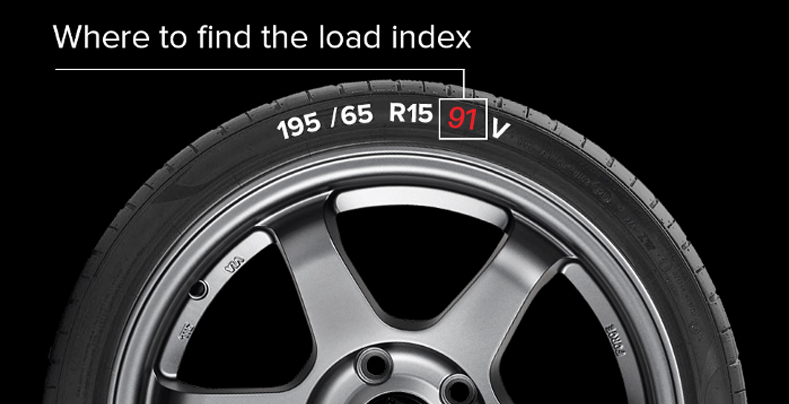
Take a look at the tire sidewall and you will see several marking which includes:
- Tire size
- Width of the tread
- Height of the sidewall
- Load Index
The load index is the last figure that is stamped after the size dimensions with the letters. Each tire is appear with a letter B, C, D, E, F, and so on down the alphabet. For example, the information may be written as 225/55 R19 99 H, in which 99 refers to the load index. If your tire has a letter ‘B’, then it is a four-ply tyre and holds 35 psi. Further, you go down through the alphabet, and the better the ply rating for each tyre, holds more air pressure and weight when carrying a load.
Why Air Pressure Is Important For XL Tires?
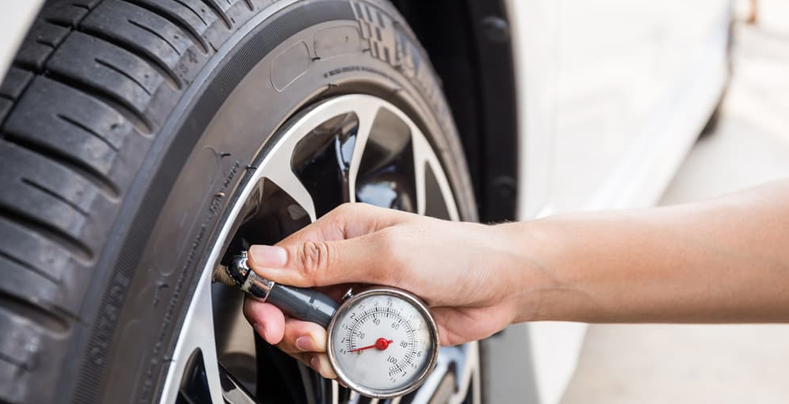
It is essential to check the air pressure of XL tires regularly. They are made with more durable construction and are capable of handling the additional air pressure needed to carry a higher load.
How are Tyres Reinforced?
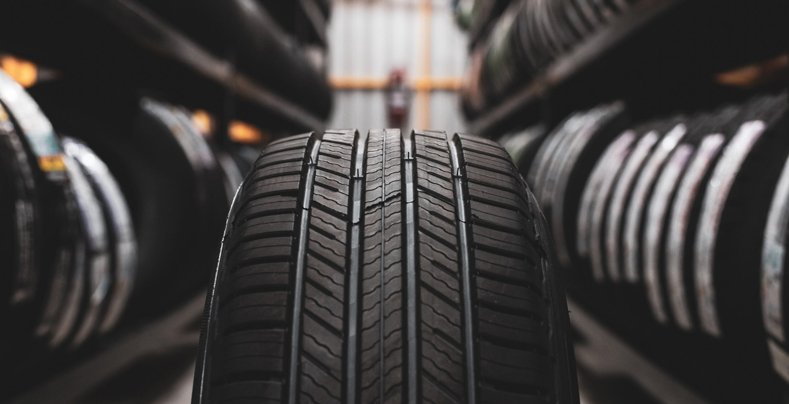
XL or extra load tires indicates that a tyre is reinforced to be able to withstand a higher load than other tyres of the same size. Reinforced tyres can be done in many ways but the most common way is to add a strong material to either the tire’s bead or face.
Are There Any Other Reinforced Tyres?
There are more types of tyres other than XL tires that can carry heavy loads and are designed for particularly that purpose. These include:
- C tyres (Commercial or Cargo tyres) for commercial vehicles, off-road vehicles, and so on.
- CP tyres (Camping tyres) for cars such as camper vans.
- LT tyres (Light Truck tyres) for light lorries, transporters, and more.
When compared to XL tires, their carcasses, and tyre belts are made to be more stable and strengthened with many layers to provide the highest load-bearing capacity.
Advantages of XL Tyres
There is not much difference in performance between XL and SL tires, but there are some advantages that make XL tires worth buying.
- An XL tyre lasts longer than a standard tyre when driving in similar conditions. These tyres have a reinforced design and offer protection against internal and external damage.
- The rigidity of the tire ensures better road grip and cornering ability.
- The likelihood of accidental curb damage is significantly reduced.
- Can carry more load.
- Ideal for off-road driving.
- Provides better traction.
Disadvantages of XL Tyres
>While some advantages are useful, there are a few considerations that you have to keep in mind when fitting XL tires.
- XL tires produce more noise than standard tires. It can lead to an uncomfortable driving experience.
- These tyres consume more fuel because of rolling resistance and reinforcement.
How Fast Can You Drive Your Vehicle with XL Tyres?
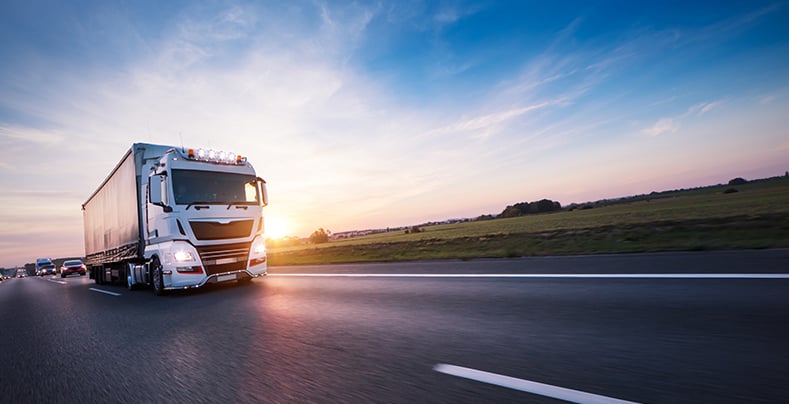
Take a quick look at the sidewalls of the tyres to determine how quickly you can drive with them and how durable they are. You will see a number code, called tire labeling. It represents everything you need to know about like tire size, speed rating, and more.
Do XL Tyres Last Longer?
An XL tyre will live longer under some circumstances, but these circumstances would typically have to place your tyres under above-average stress because of its reinforced design, which provides a lot of internal and external protection.



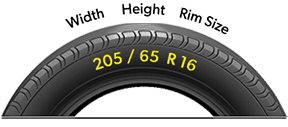





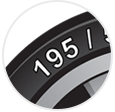


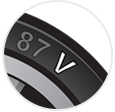
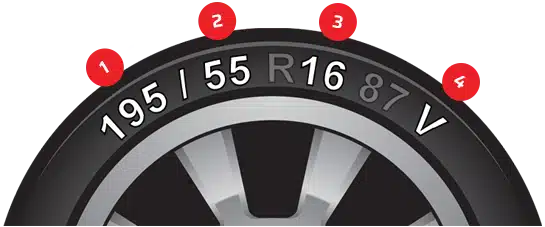



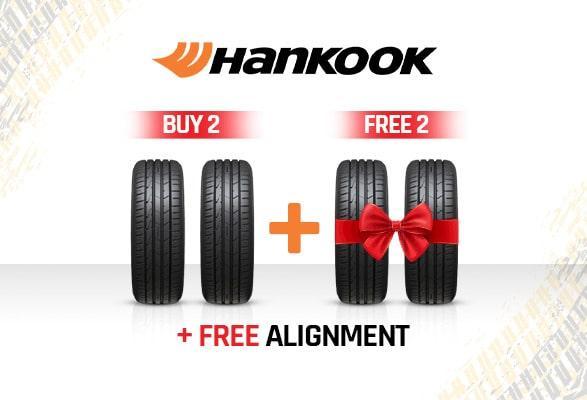
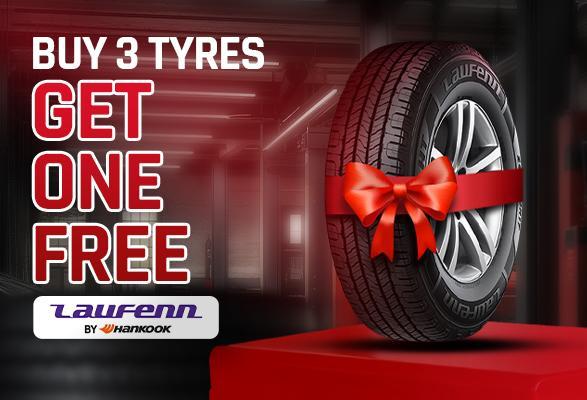
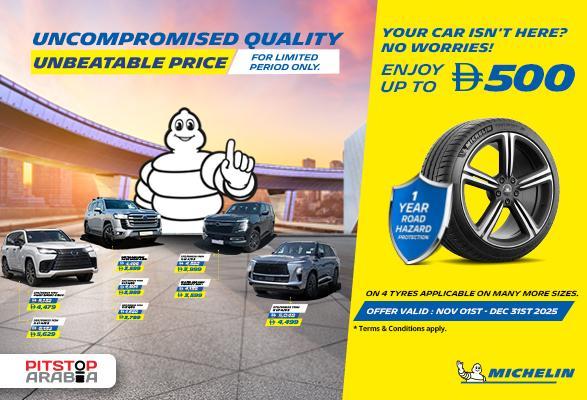
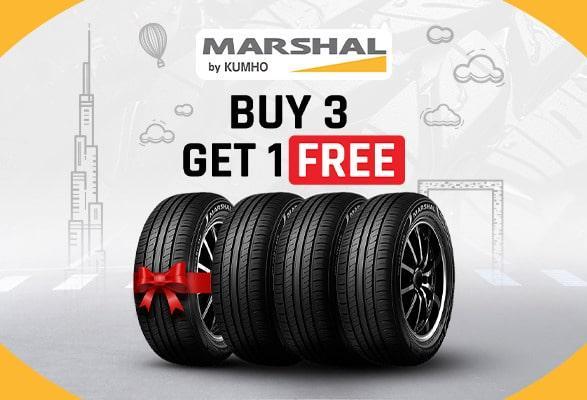
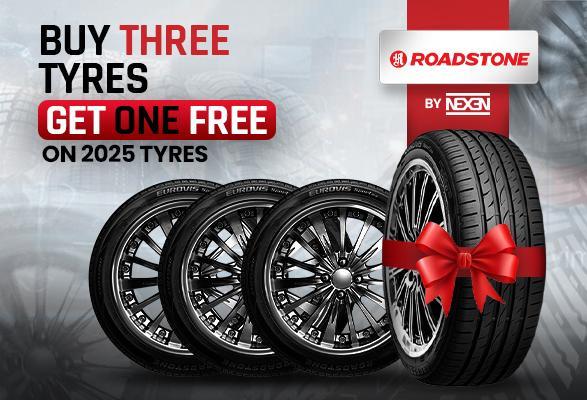
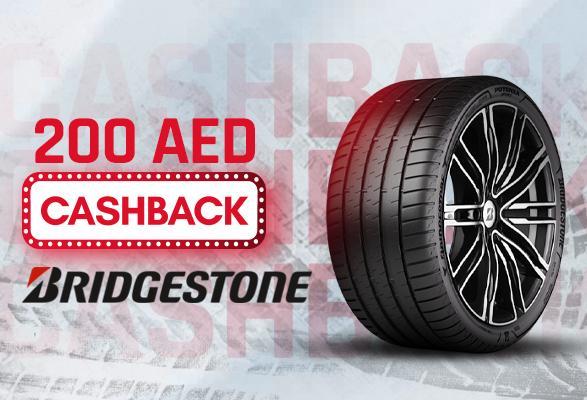
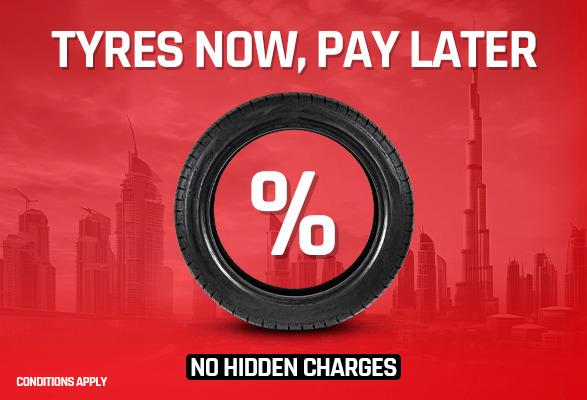

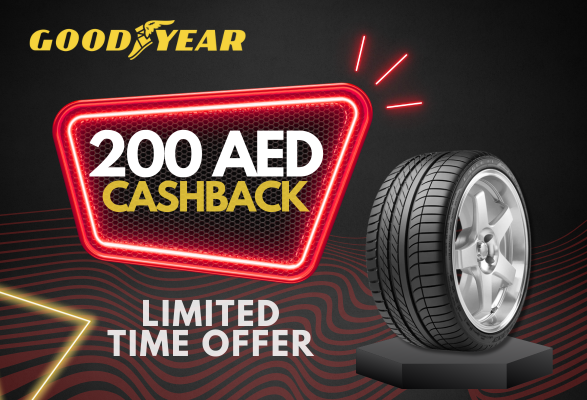
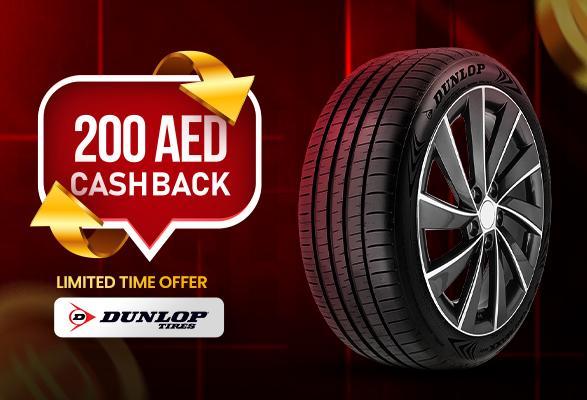
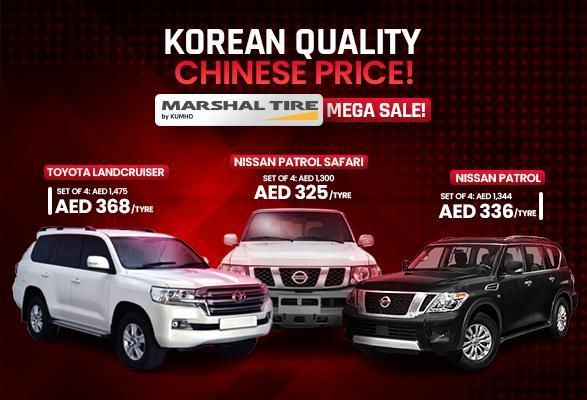
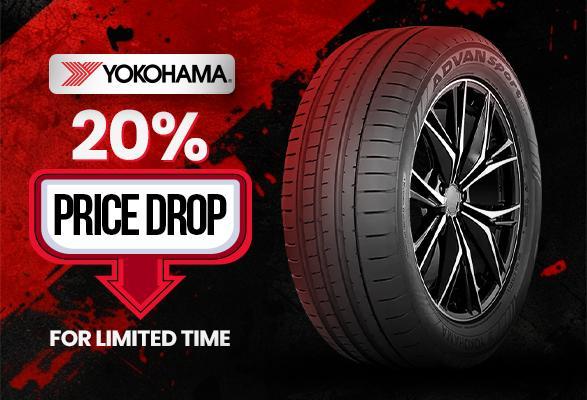
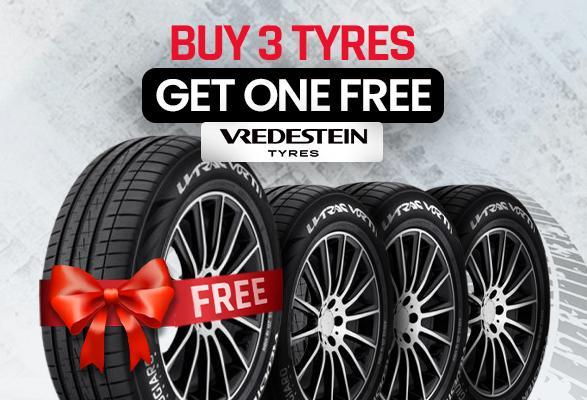
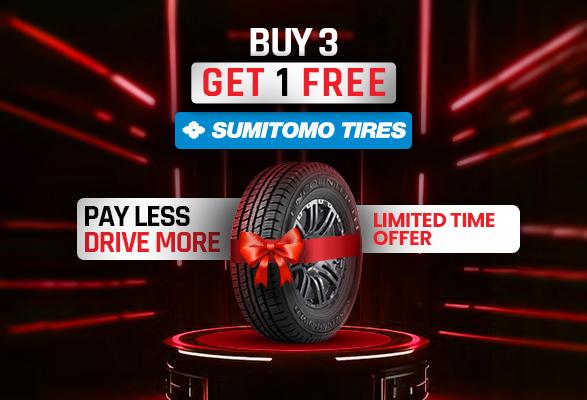
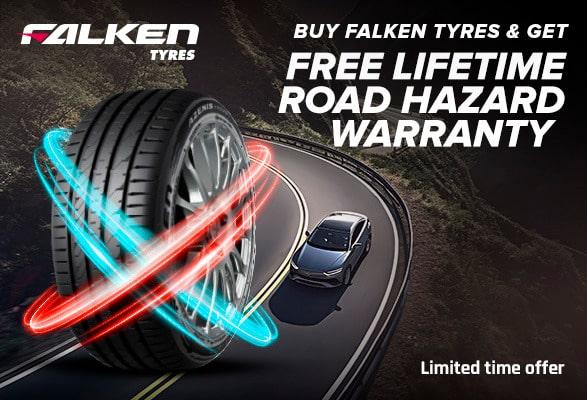
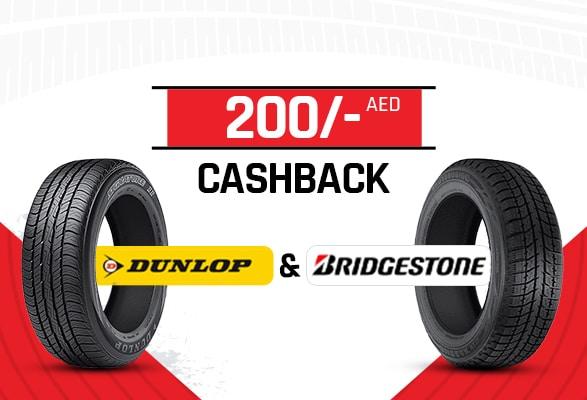

























Conclusion
Larger vehicles like heavy-duty trucks, SUVs, semis, buses, and so forth are equipped with Extra weight (XL) tires, which are tyres made with thicker sidewalls to handle a larger weight. Additionally, XL tyres have more ply layers and a higher PSI rating than ordinary tires, which improve road grip and enable safer handling when towing heavy loads.